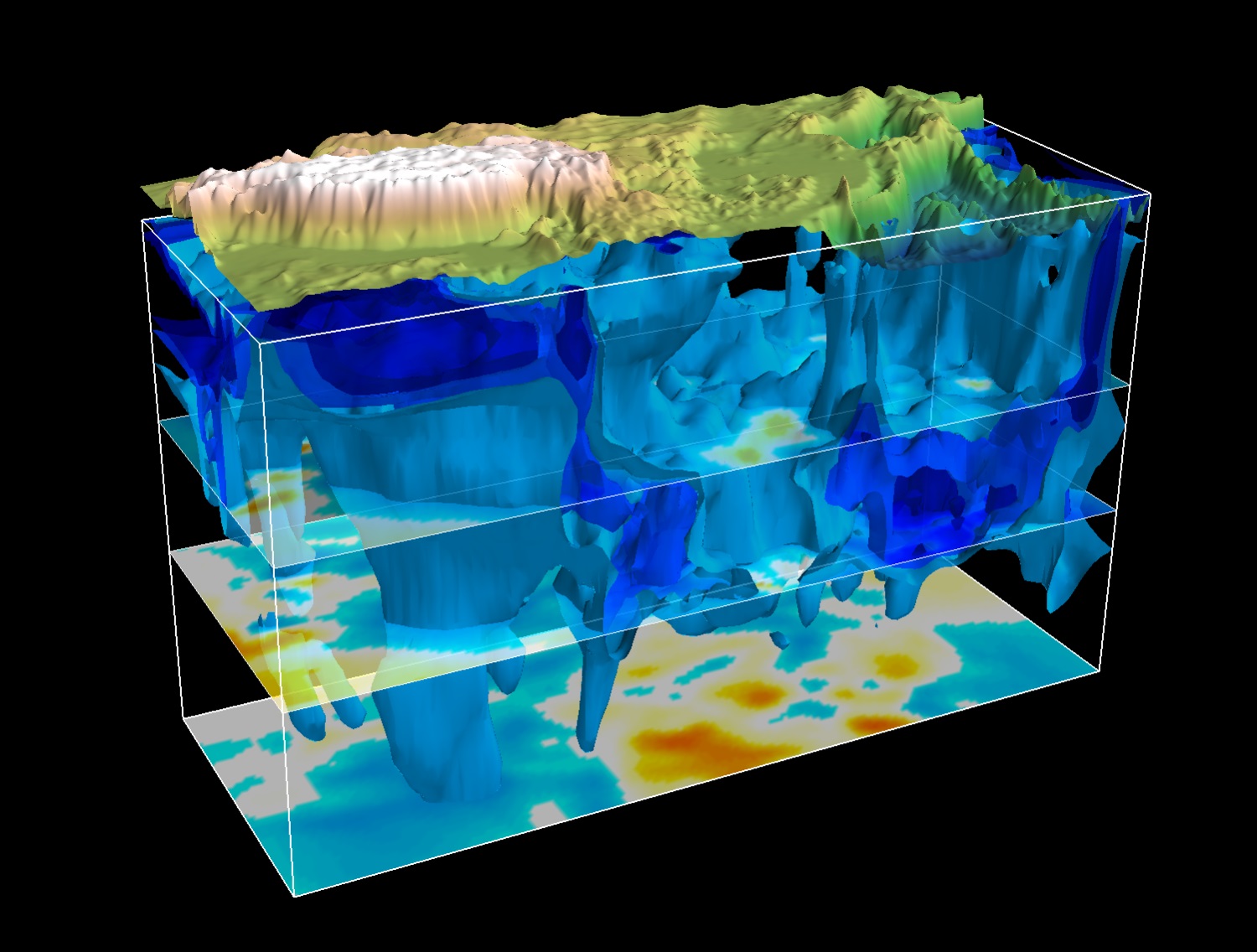Beneath the surface of our planet lies a wealth of information waiting to be discovered, and seismic inversion methods technology has become a powerful tool in unlocking the secrets hidden beneath the Earth’s crust. In recent years, significant advancements in seismic inversion have revolutionized our understanding of subsurface structures, helping scientists and geophysicists explore and map the Earth’s interior with unprecedented precision. In this article, we delve into the remarkable progress in seismic inversion techniques and its implications for various fields, from oil and gas exploration to environmental studies.
The Basics of Seismic Inversion: Peering into the Earth’s Depths
Seismic inversion is a geophysical technique that involves the transformation of seismic reflection data into quantitative information about the subsurface. Traditionally, seismic data provided images of subsurface structures, but inversion takes this a step further, converting the data into models that represent the physical properties of the Earth’s layers, such as rock density and fluid content. This process has become an invaluable asset in understanding geological formations and making informed decisions in resource exploration.
Quantitative Insights: From Images to Physical Properties
One of the significant breakthroughs in seismic inversion is the shift from qualitative imaging to quantitative analysis. Modern inversion algorithms enable geophysicists to derive more accurate and detailed information about the subsurface properties. This includes identifying different rock types, fluid saturation levels, and porosity, providing a comprehensive understanding of the composition and characteristics of the Earth’s layers.
Full Waveform Inversion (FWI): Capturing the Complete Picture
Full Waveform Inversion (FWI) represents a substantial leap forward in seismic inversion technology. Unlike traditional methods that focus on reflections, FWI utilizes the entire seismic waveform, capturing a broader spectrum of information. This results in highly detailed and precise subsurface models, offering an unprecedented level of resolution. FWI has proven particularly valuable in imaging complex geological structures, such as salt domes and fault zones.
Machine Learning Integration: Enhancing Interpretation and Efficiency
The integration of machine learning and artificial intelligence has brought seismic inversion to new heights. Advanced algorithms can now analyse vast datasets and learn patterns, enhancing the accuracy and speed of inversion processes. Machine learning applications assist in interpreting complex geological features, reducing the time required for analysis and increasing the efficiency of subsurface modelling.
Broad Applications: Beyond Oil and Gas Exploration
While seismic inversion technology has long been a cornerstone in oil and gas exploration, its applications have expanded across various scientific disciplines. Environmental studies, geothermal exploration, and groundwater mapping are just a few examples of how seismic inversion is contributing to a deeper understanding of the Earth’s subsurface dynamics. These applications not only aid in resource discovery but also support sustainable and environmentally conscious practices.
Challenges and Future Prospects: Continuous Innovation
Despite the remarkable progress, challenges persist in seismic inversion, including the need for even higher resolution and the ability to handle increasingly massive datasets. Researchers and industry professionals continue to push the boundaries of technology, exploring innovations such as distributed acoustic sensing and multi-physics inversion to further enhance our ability to unravel Earth’s mysteries.
The advancements in seismic inversion technology have transformed our ability to explore and understand the Earth’s subsurface with unprecedented detail and accuracy. From the evolution of traditional methods to the integration of machine learning, seismic inversion has become a dynamic and evolving field at the intersection of geophysics, technology, and exploration. As researchers continue to refine techniques and push the limits of innovation, the insights gained from seismic inversion will undoubtedly play a pivotal role in shaping our understanding of the Earth’s intricate and hidden structures.




